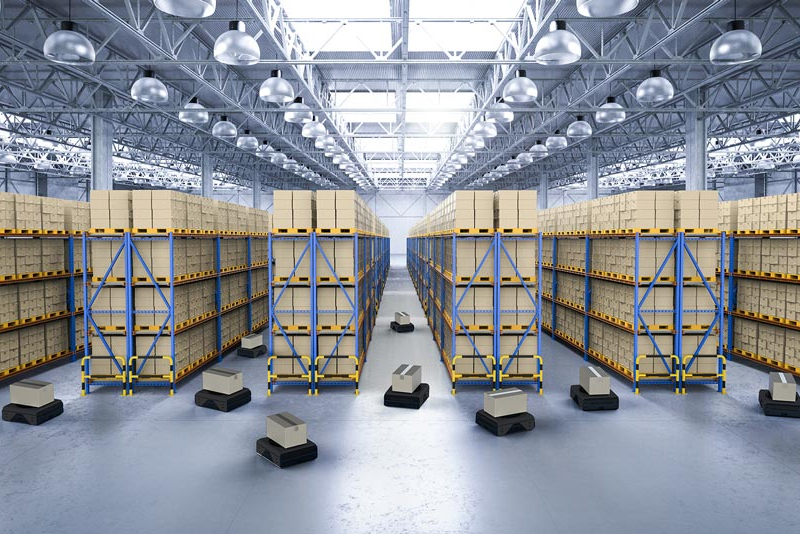6 Ways Autonomous Mobile Robots are Transforming Warehouses
Autonomous mobile robots (AMRs) are officially shaping the future of business. In recent years, automation has allowed organisations across all industries to drive their companies forward even in the face of the challenges presented by Brexit, Covid-19, and international crises.
As we emerge from some of those trials, autonomous mobile robots and other automation equipment is continuing to deliver the increased efficiency organisations need to not just survive but thrive.
Autonomous mobile robots: Accuracy, adaptability, safety and efficiency
Already widely used in the supply chains of ecommerce, logistics, food, beverages, textiles, pharmaceuticals, electronics, machinery and printing organisations, autonomous mobile robots (AMRs) are using digitalisation to unlock a number of advantages for companies and their customers.
Using the latest technology to find optimal routes and uncover better productivity, autonomous mobile robots are well regarded for their accuracy, adaptability, safety and efficiency. Read on to discover just six ways autonomous mobile robots are making warehouse management systems smarter, safer and more succinct.
1) Less walking time
Traditional warehouse operations involve a lot of travel time, and that’s before your goods are shipped to the consumer.
A human worker will have to cover a vast area to fulfil their daily duties, walking to the picking area, identifying and collecting items, and walking back to their sorting stations for example. Less walking equals greater productivity throughout the picking process.
2) Directing workflows
The versatility of AMRs is particularly high. They can negotiate new and existing inventory locations with ease, direct workflows, prioritise tasks, group jobs, and keep workers on track with very minimal programming. As a result, orders can be fulfilled with minimal effort or risk of error, even if company and customer needs change.
3) Easy to integrate and adapt
In today’s fast paced marketplaces, companies have to be ready and willing to learn from their audiences, and adapt their processes, practices and policies to meet their changing requirements. Thanks to their easy to integrate and adaptable natures, autonomous mobile robots are excelling even in the face of changing consumer behaviour and evolving trends.
Structural, and permanent or temporary changes can be facilitated at minimal expense and with minimal disruption to the wider supply chain.
4) No need for new warehouses
As traditional warehouses grow and their operations expand, the next natural step is to upgrade, extend or increase your warehousing facilities to make room for the larger workforce you need to meet demand.
With automation technology however, scaling up can be completed without moving premises or expanding your existing warehouse. Output can be increased or decreased easily with AMR remapping to satisfy your requirements.
5) Better use of human labour
As we emerge from the pandemic, the attitudes of job seekers are changing. As a result, there has been lower uptake in job roles that involve tedious, manual tasks, and this has had a negative impact across many markets.
You can prevent labour shortages from disrupting your supply chain and even enjoy increased efficiency. Whether stressful, time-consuming or dangerous, autonomous mobile robots undertake the tasks that workers simply don’t want to do. This is resulting in the better use of human labour in other parts of the wider warehouse management system.
Warehouse managers are seeing better job satisfaction and employee retention within their automated facilities. They are also better placed to take care of their workers, reducing the physical and mental strain that often goes hand-in-hand with repetitive, manual job roles.
6) Better safety records
Safety is a top priority in any warehouse environment, regardless of the industry sector it operates within. In addition to better health and wellbeing for workers spared tedious, monotonous tasks with automation, the sorting, packaging, transportation and replenishment processes found in many warehouse settings are made safer, more secure, and hygienic.
Many warehouse managers automate dangerous jobs to ensure they are no longer putting their workers at increased risk, with retrieving goods at height and carrying heavy loads just some of the tasks that can be handled by warehouse robotics.




